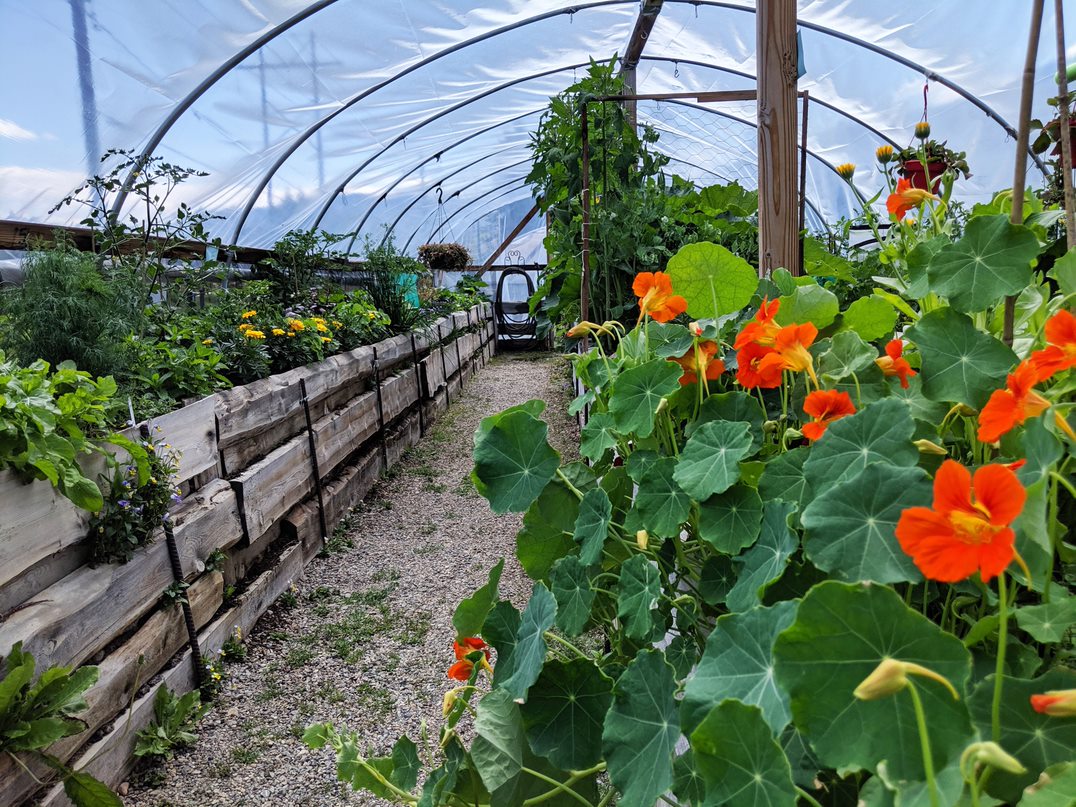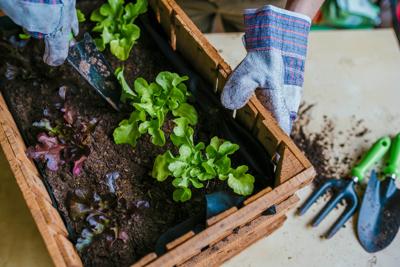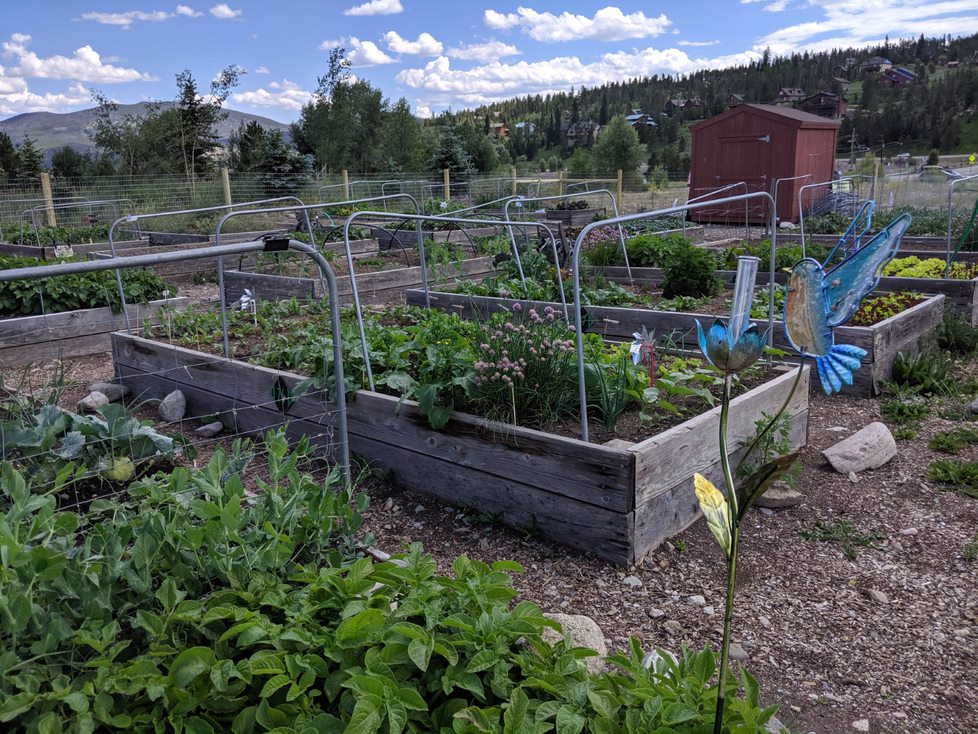
Dear Eartha, I have never planted a vegetable garden before, but this seems like a great year to start. Should I start seeds inside? When is the best time to begin?
Planting a seed is a true act of hope, and personally, I want to nurture all the hope I can right now. Growing vegetables in our mountain climate is entirely possible in the summer months as long as you grow the appropriate varieties. Even if it’s only a portion of our daily food intake, eating locally grown food is an important way to improve your relationship with the food supply. Additionally, gardening is a wonderful way to reduce anxiety and surround yourself with all the good bacteria our bodies need.
First, it’s important to know the kinds of vegetables that thrive in our climate. Most seed packages are labeled as “Warm Season” or “Cool Season” vegetables. In Summit County, choose only the cool season varieties. Warm season vegetables like cucumbers, tomatoes, and peppers don’t like to get below 50 degrees at night.
Even in our warmest summer months, our nighttime temperatures drop below 50. Advanced gardening methods such as greenhouses and cold frames make it possible to grow some of these warm-season vegetables, but a beginner gardener is better off keeping it simple. Focus on the cool season vegetables that will give you a bounty of produce.
What are the cool season vegetables? You’re in luck because there are a lot of tasty vegetables on this list! Leafy greens love our cool temperatures, so you can plant lettuce, spinach, arugula, swiss chard, collard greens, bok choy, and kale. Root vegetables will thrive too, so plant radishes, carrots, beets, parsnips, and turnips. My favorite cool season veggies are snow peas and sugar snap peas, which do so well in a mountain garden. You’ll need a trellis to support their growth, so be sure to plan that into your garden design.

Now, let’s address the next part of your question: seed starting. “Direct seed” or “direct sow” are the terms used when a seed is planted directly into the soil of your garden. “Transplant” is the term when a seed is planted inside your home or in a greenhouse. Starting a transplant gives the seed some time to grow in a friendly, warm, cozy environment before relocating outside to fend for itself.
Indoor seed starting is a slightly more advanced gardening technique. It involves some extra equipment, lots of sunny space, and extra effort. Typically, I advise a new gardener to stick with direct seed planting for their first growing season. However, this year is anything but typical!
Whether you want to start some transplants inside or stick with planting directly in the garden, seed packages provide a wealth of information, so read them carefully. One of my favorite brands is Botanical Interests, and if you peruse their website, you’ll see that each variety has sowing information. Here you will learn whether it is recommended for transplant, and how long to grow the transplant inside.
Some veggies do best with four weeks inside, some need six, and some can go as long as eight. A couple of my favorite veggies to grow as transplants are kale and swiss chard. You won’t want to grow transplants of radishes or carrots because their roots are too delicate to be moved. Do some calculations to ensure that your transplants are ready right around the time of our last frost. When is our last frost? Of course it varies each year, but typically it is in the middle of June.
I hope this information convinces you to become a mountain vegetable grower. A little online research will give you the specifics you need to start transplants indoors. And remember, if transplanting feels overwhelming, stick to direct seeding your first season, and use these next couple of months to plan. Either way, start collecting supplies now so you’re ready to plant when the time is right.

Another great way to learn is by participating in a community garden. Many community gardeners have grown veggies for years, and they’re happy to share tips and tricks. The High County Conservation Center accepts applications for the Breckenridge Community Garden, and for Nancy’s Community Garden, a greenhouse located in Frisco. Visit HighCountryConservation.org to get started.
